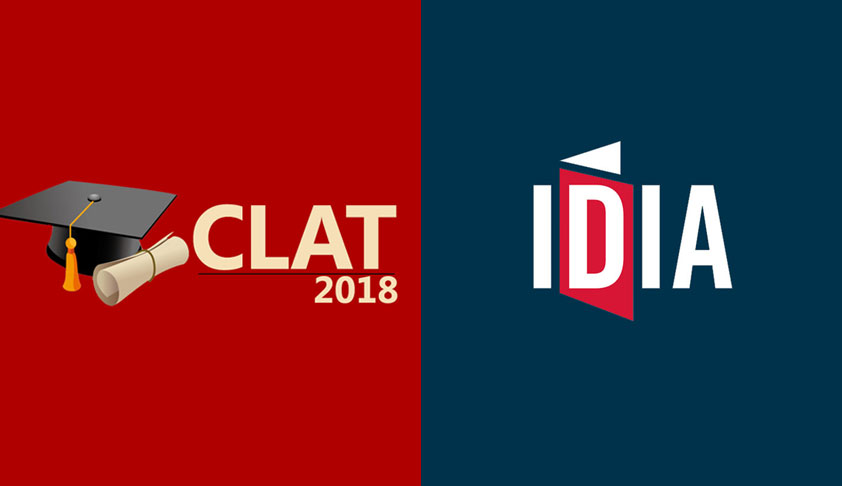- Home
- /
- Top Stories
- /
- Yet Another CLAT-Astrophe: Errors...
Yet Another CLAT-Astrophe: Errors Galore In CLAT 2018!
Team IDIA
29 May 2018 4:44 PM IST
The Common Law Admission Test (‘CLAT’), the entrance examination meant for admissions to National Law Universities (‘NLUs’), has run into rough weather yet again. This year’s CLAT, conducted by the National University of Advanced Legal Studies (‘NUALS’), was plagued by numerous technical glitches, leaving many aspirants with less than their entitled quota of 2 hours to complete...
Next Story



